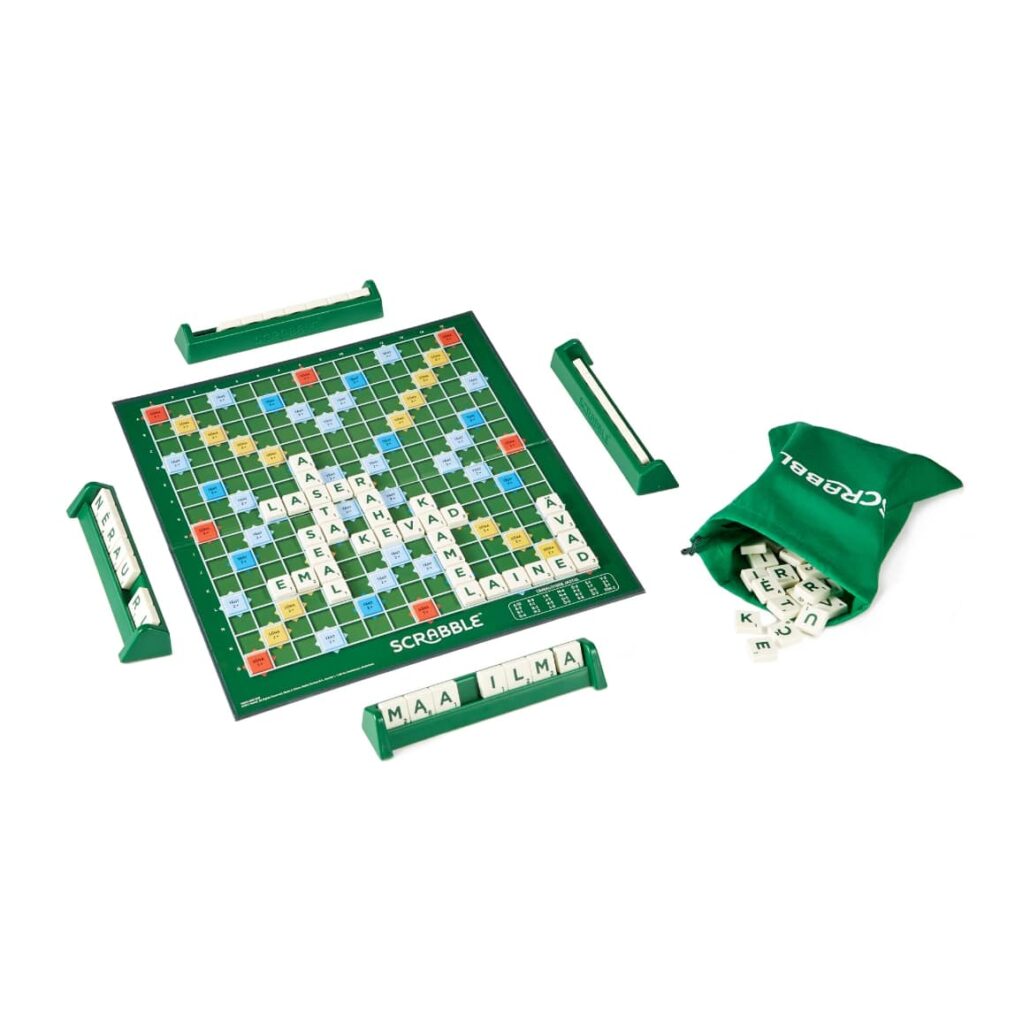
Shaking up the bag of letter tiles, you try to conjure an even balance of vowels and consonants. But despite your best efforts, it's a solid row of vowels on the rack. E-I-U-A-A-O-O. Across the table, your competitor has almost all consonants. L-L-W-Y-D-D-Q. It's hard to imagine how either of you could get the game started with these letters.
Your competitor might consider playing Welsh Scrabble. And considering how well-known the Estonian language is for its vowels, maybe you'd have a fighting chance if you were playing the Estonian version of the game, right? “Au” (“honour”), for example, would give you two points if it was your turn first.
Due to the way Estonian words are constructed, Estonian-language Scrabble has 46 vowels in the full collection of 102 letter tiles. A, E, I, O, and U account for 38 of these. The other eight include two each of Ü, Ö, Õ, and Ä. Compare this to English-language Scrabble, where there are 100 letter tiles and a total of 42 vowels, or 44 if you count the letter Y. If you're playing Estonian Scrabble, you're between one and three percent more likely to pull a vowel. So actually, there's not much difference.
However, if you do end up collecting a Ü, Ö, Õ, or Ä and include it in the words you play, you will get a higher score. Õ is worth four points, Ü and Ä are worth five points, and Ö is worth six points—save these for when you can really make it count with a triple word score (“Sõna 3 x”)! A, E, I, O, and U are all worth only one point, just as in English Scrabble.
What about the võõrtähed (foreign letters) that appear at the end of the Estonian alphabet, the ones used in loan words? In Estonian Scrabble, you'll find one tile each of Ž (worth 10 points), Z (10 points), Š (10 points), and F (eight points). As in the alphabet, there is no trace of Y, X, W, Q, and C.
In comparison, post-2019 Finnish Scrabble sets do not include Å, Q, S, Š, X, Z, or Ž. This is despite the fact these letters are all part of the Finnish alphabet, used for loan words and names. Meanwhile, W, G, F, C, and B—letters that are also part of the Finnish alphabet and are used in loan words—were not excluded.
It's not always clear why some letters are included and others aren't. But looking at the way these tiles are organized highlights how the Estonian language really limits the use of võõrtähed unless those sounds cannot be replicated with other letters. For instance, sounds such as the Y in “yes” and “my” can be made with J and the AI diphthong. The C sound in “cinema” and hard C sound in “cut” can be made with the letters S and K, respectively.
Even names have been adapted to letters and sounds of the Estonian language, such as when names originate from non-Latin scripts. Consider how Estonian media outlets spell the name of the President of Ukraine as Volodõmõr Zelenskõi, while in English-language media, it's Volodymyr Zelenskyy.
The distribution of letters in a game may seem inconsequential to some, but it tells a story about a language, its neighbours, and its influences. Each tile's score and its probability of being drawn can make Scrabble a mathematical game.
And for people who are learning or sharpening their Estonian language skills, playing Scrabble in Estonian presents itself as a culturally-enriching intellectual workout. If you're looking for an added challenge during your next board game night, try replacing some of the vowels with Estonian ones and see how things turn out.



